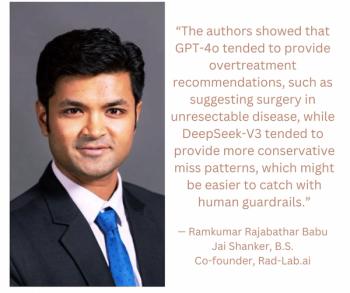FDA Clears AI-Powered Ultrasound Tool for Fetal Biometric Measurements
Clarius OB AI reportedly provides estimates of fetal age, weight and growth intervals based on automated fetal biometry measurements available through handheld ultrasound.
The Food and Drug Administration (FDA) has granted 510(k) clearance for Clarius OB AI, an AI-powered handheld ultrasound tool that may bolster access for use of the technology in monitoring fetal wellbeing.
Trained on over 30,000 fetal ultrasound images,
Carolyn L. Gegor, CNN, MS, FACNM, called the Clarius OB AI tool an “excellent teaching modality” that could help reduce the learning curve with OB ultrasound for those who lack experience with ultrasound scanning.
"When I used Clarius OB AI while teaching OB ultrasound to a group of midwives, I was impressed by the accuracy of cursor placement on multiple scans, from crown rump length to biparietal diameter and femur length," noted Gegor, an ARDMS-certified midwife sonographer. "I found that after using the OB AI model, the students were more able to properly measure structures without the assistance of the AI.”
Clarius noted the Clarius OB AI tool is included with Clarius membership and available in the United States and Canada with the Clarius C3 HD3 handheld ultrasound device.
Newsletter
Stay at the forefront of radiology with the Diagnostic Imaging newsletter, delivering the latest news, clinical insights, and imaging advancements for today’s radiologists.





























